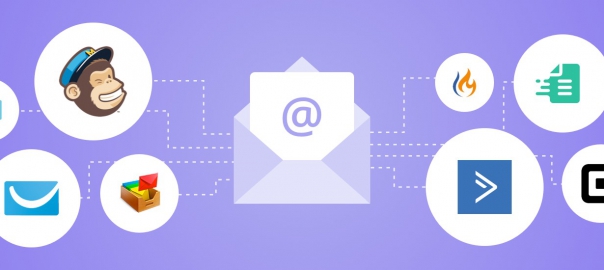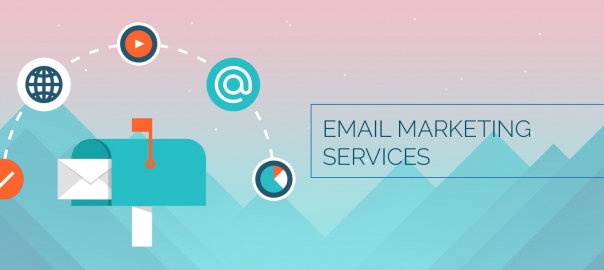
Narrowing Your Objectives in Six Steps
Narrowly defined objectives are far more useful than broad-based objectives for making decisions about delivering specific e-mail content.
After you define broad-based objectives (as describe in the Developing Objectives in E-mail Marketing), the next step is to restate them in more meaningful ways and match them with specific tasks.
You can narrow your broad-based objective by taking six steps:
1. Figure out your ultimate goal. 2. Decide who your customers are. 3. Consider how you want a customer to take action. 4. Communicate your objective. 5. Decide where you want to accomplish your objective. 6. Time your objective.
The following fictitious story walks you through the process of narrowly defining an objective by using the six suggested steps. After you read all the examples and get the basic idea, you can apply these steps to your own objectives or come up with your own set of steps.
Flip and her partner, Flop, decided to open a pancake restaurant because they loved pancakes, people, and the idea of selling 20 cents worth of flour and eggs for $1.25. Flip takes care of the marketing decisions, while Flop is busy in the kitchen.
Generally speaking, business is good. Flip wants to make more money so that Flop can hire some extra help and take more time off. At a recent business meeting, Flip and Flop decide that they would like to get more people to eat at their restaurant. Flip agrees to do some thinking and return to the next business meeting with some specific action items for reaching their new objective.
Table of Contents
- 1 - Step 1: Set the ultimate goal of your objective
- 2 - Step 2: Decide whom you want to respond to objective
- 3 - Step 3: Determine why someone take action on objective
- 4 - Step 4: See how people find out about your objective
- 5 - Step 5: Set where your objective will be accomplished
- 6 - Step 6: Predict when your audience will respond to your objective
Step 1: Set the ultimate goal of your objective
Before you start narrowing your broad-based objective, write it down for a starting point. You can use a pad of paper, a whiteboard, or a computer. After each step that follows, write a new objective to replace the preceding broad-based objective using the example as a guide.
Here’s how Flip restates her original objective in light of her ultimate objective:
- Original objective: I want to get more people to eat at my restaurant.
- Restated objective: I want to get more people to eat at my restaurant so that I can sell more pancakes.
Now restate your original broad-based objective using Flip’s restated objective as a guide. At this point, your objective has a clearer focus, but it’s not ready for action.
Step 2: Decide whom you want to respond to objective
Some objectives go unachieved simply because your audience isn’t willing or able to help you accomplish the objective. Understanding the appropriate audience helps you to create e-mail content that speaks to specific interests and needs within a particular group.
Here’s how Flip restates her previous objective to help her attract more families:
- The objective of the previous step: I want to get more people to eat at my restaurant so that I can sell more pancakes.
- Restated objective: I want to get more families with teenagers to eat at my restaurant so that I can sell more pancakes.
Restating your objective with your audience in mind should get you thinking about what kind of language to use in your e-mails and how to design the look and feel so your audience identifies with your content.
Step 3: Determine why someone take action on objective
Consumers make purchasing decisions only because they want to or feel they have to. Your audience won’t help you reach your objective unless you demonstrate why your audience wants or needs to act on your content. Stating your objective with your audience’s motivations in mind helps your objective, and your content, to focus on giving real value to your audience.
Here’s how Flip restates her previous objective to give families with teenagers a reason to buy more pancakes:
- The objective of the previous step: I want to get more families with teenagers to eat at my restaurant so that I can sell more pancakes.
- Restated objective: I want to offer free coffee with any pancake purchase to get more families with teenagers to eat at my restaurant so that I can sell more pancakes.
At this point, your restated objective represents an overall strategy, but it still lacks a definition of the specific tactics involved in accomplishing the original broad-based objective.
Step 4: See how people find out about your objective
Obviously, you’re reading this because you want people to find out about your objectives by reading one of your e-mails. It’s a good idea, however, to state your objective in a way that clearly defines how you plan to collect and use the e-mail addresses belonging to the audience you identified in Step 2.
Here’s how Flip restates her previous objective to include how her audience will find out about her new offer:
- The objective of the preceding step: I want to offer free coffee with any pancake purchase to get more families with teenagers to eat at my restaurant so that I can sell more pancakes.
- Restated objective: I want to offer free coffee with any pancake purchase by sending an e-mail to my customer list to get more families with teenagers to eat at my restaurant so that I can sell more pancakes.
- New sub-objective: I want to get families with teenagers to share my free coffee offer with their friends.
At this point, your objective hints at one or more tactics that allow you to take specific actions, but your objective still needs two more refinements before it’s ready to guide your actions through all the steps involved in an e-mail campaign.
Step 5: Set where your objective will be accomplished
A transaction needs a place to happen, and you need to guide your audience to the place that is most likely to result in the accomplishment of your objective. Stating your objective with a place in mind helps to guide your messaging so that your audience understands where to go and how to get there.
Here’s how Flip restates her previous objective to keep her focused on where her objective will be accomplished:
- The objective from the preceding step: I want to offer free coffee with any pancake purchase by sending an e-mail to my customer list to get more families with teenagers to eat at my restaurant so that I can sell more pancakes.
- Restated objective: I want to offer free coffee with any pancake purchase by sending an e-mail to my customer list to get more families with teenagers to eat at my restaurant so that I can sell more pancakes in the dining room.
- Subobjective from the preceding step: I want to get families with teenagers to share my free coffee offer with their friends.
Stating your objective with a place in mind not only helps you to clarify the steps your customers take, it also helps you to create offers that drive your audience toward the most likely or profitable place for conversion.
For example, if the most profitable place to sell your products happens to be in a group demonstration, you might create a bigger incentive for attending a group demonstration than for making an individual appointment
Step 6: Predict when your audience will respond to your objective
Stating your objectives to include timing helps you to create a sending schedule and stay focused on it during the creation of multiple e-mails.
Here’s how Flip decides to state the final objective:
- The objective from the preceding step: I want to offer free coffee with any pancake purchase by sending an e-mail to my customer list to get more families with teenagers to eat at my restaurant so that I can sell more pancakes in the dining room.
- Final restated objective: I want to offer free coffee with any pancake purchase by sending a weekly e-mail to one-fourth of my customer list on Thursdays and Fridays to get more families with teenagers to eat at my restaurant so that I can sell more pancakes in the dining room.
- Subobjective: I want to get families with teenagers to forward my free coffee offer to their friends.
Stating and restating objectives in certain terms can be a lot of work, but the results are well worth the effort. The more closely your e-mail content resembles your objectives, the more your audience is able to clearly identify the purpose of your e-mail and act toward the accomplishment of your objective without distraction.





